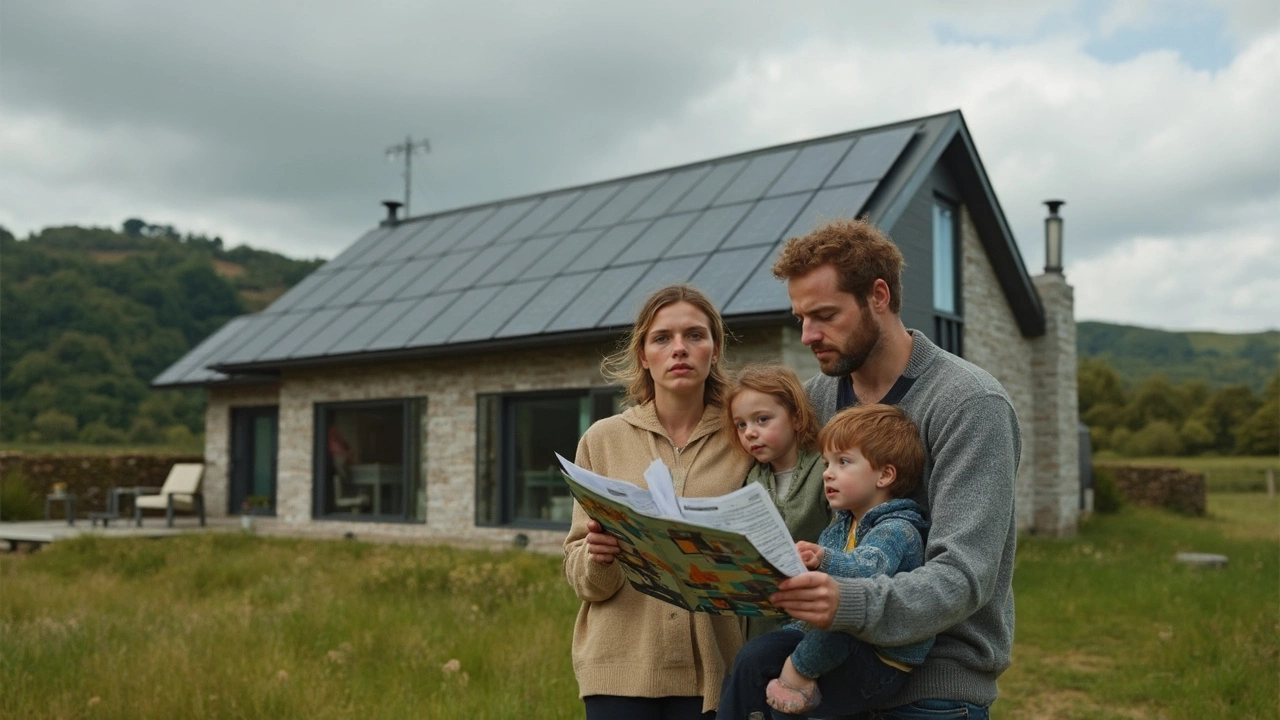Disadvantages of Eco Homes – The Real Drawbacks You Need to Consider
Eco homes sound perfect, but they aren’t a magic fix for every homeowner. Before you sign a contract, it helps to know where the pitfalls lie. Below we break down the most common problems and give you tips on how to handle them.
Higher Initial Investment
One of the biggest shocks is the upfront price tag. Sustainable materials, solar panels, and advanced insulation often cost 10‑30% more than conventional builds. That extra spend can stretch your budget or force you to cut corners elsewhere, like smaller floor plans.
Financing can also be tricky. Not all lenders treat green upgrades as added value, so you might not get the lower rates you expect. Shopping around for a green‑friendly mortgage or a government grant can offset some of the cost, but the paperwork adds extra effort.
Practical Challenges in Everyday Living
Eco homes rely on technology that needs regular care. Solar inverters, heat‑pump systems, and rain‑water tanks all have maintenance schedules. If you’re not handy, you’ll pay for a specialist visit, which can add up over the years.
Another issue is performance variance. A house designed for passive solar heating may feel chilly on a cloudy winter day, or a high‑efficiency window might fog up if it’s not installed right. These quirks can make the home feel less comfortable than advertised.
Location matters, too. Building an eco home in a dense urban area can limit options for things like earth‑tube ventilation or large green roofs. In some regions, local building codes still lag behind green technology, meaning you might need extra approvals or even redesign parts of the project.
Resale value is a mixed bag. While many buyers are attracted to sustainability, others worry about higher maintenance costs or unfamiliar systems. If you decide to sell, you may need to educate potential buyers, which can lengthen the selling process.
Finally, there’s the learning curve. Smart thermostats, energy dashboards, and water‑saving fixtures all require you to change habits. Forgetting to close a vent or not cleaning a filter can waste energy and defeat the purpose of the eco design.If you weigh these downsides against the benefits, you’ll have a clearer picture of whether an eco home fits your lifestyle and budget.
Bottom line: Eco homes can be rewarding, but they demand more money upfront, ongoing upkeep, and a willingness to adapt. Knowing the challenges ahead of time helps you avoid surprises and make a smarter purchase.

Disadvantages of Eco Homes: Hidden Costs, Maintenance, and Challenges
Eco homes sound perfect, but they're not flawless. Learn about hidden costs, tricky maintenance, and frustrating hurdles people rarely mention.
Continue Reading